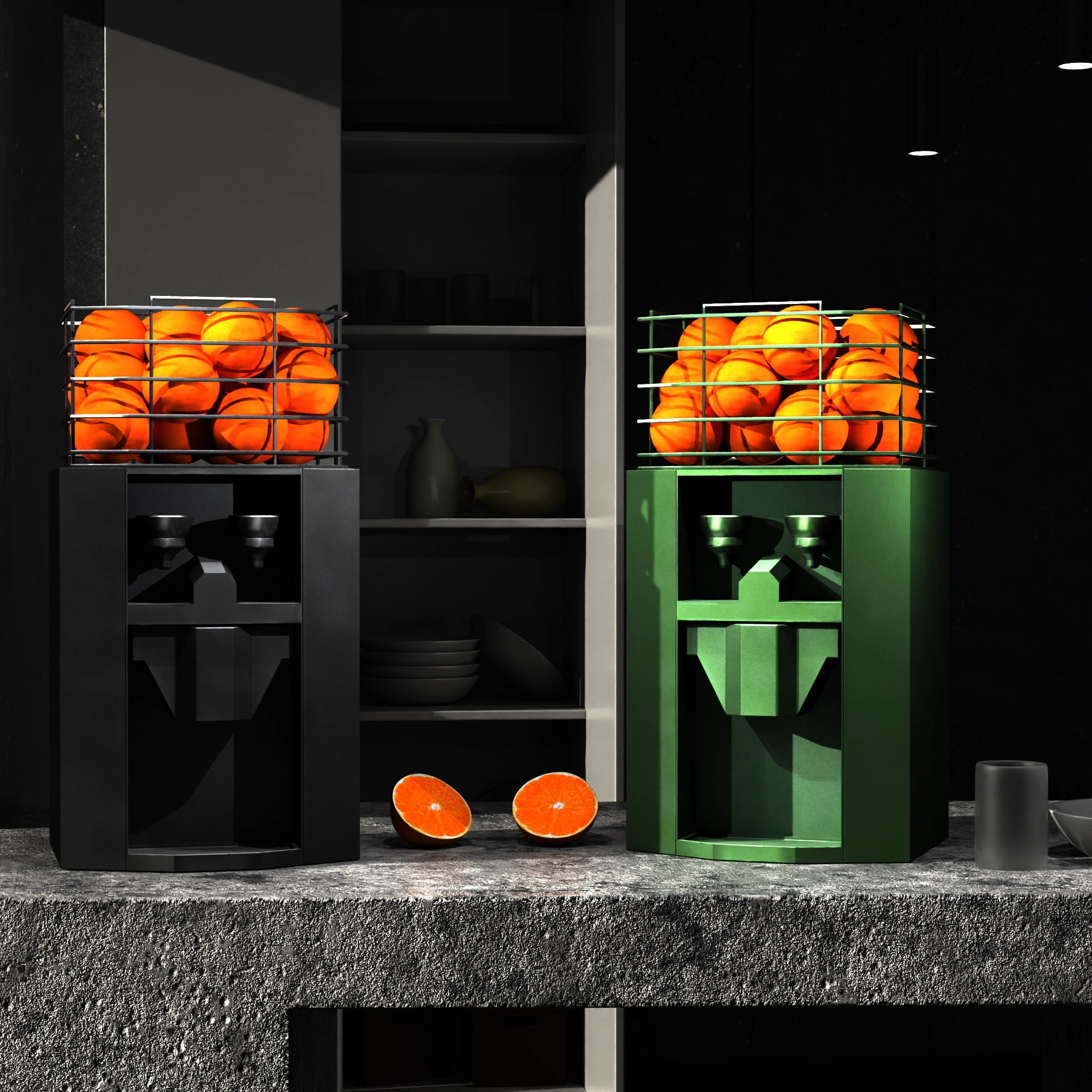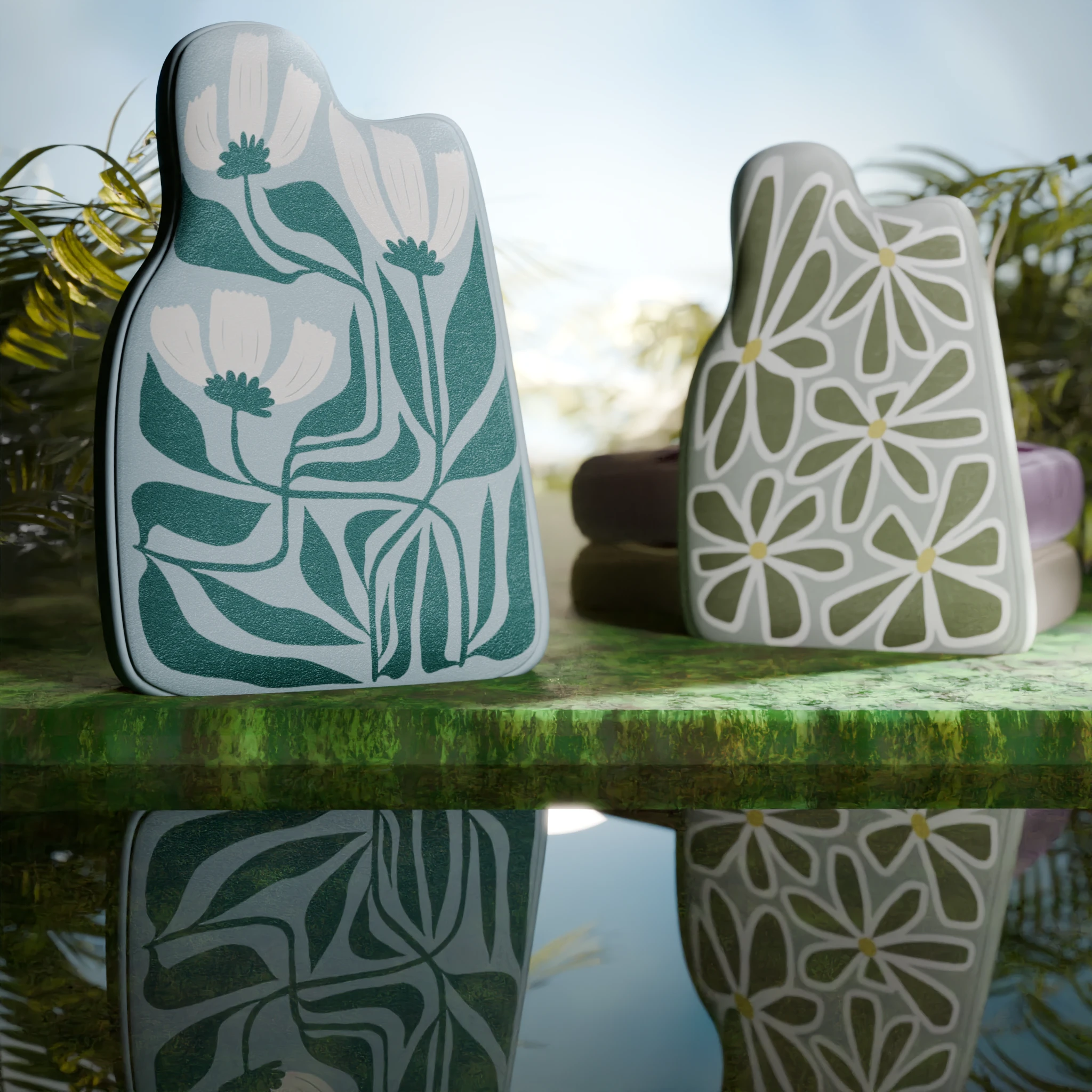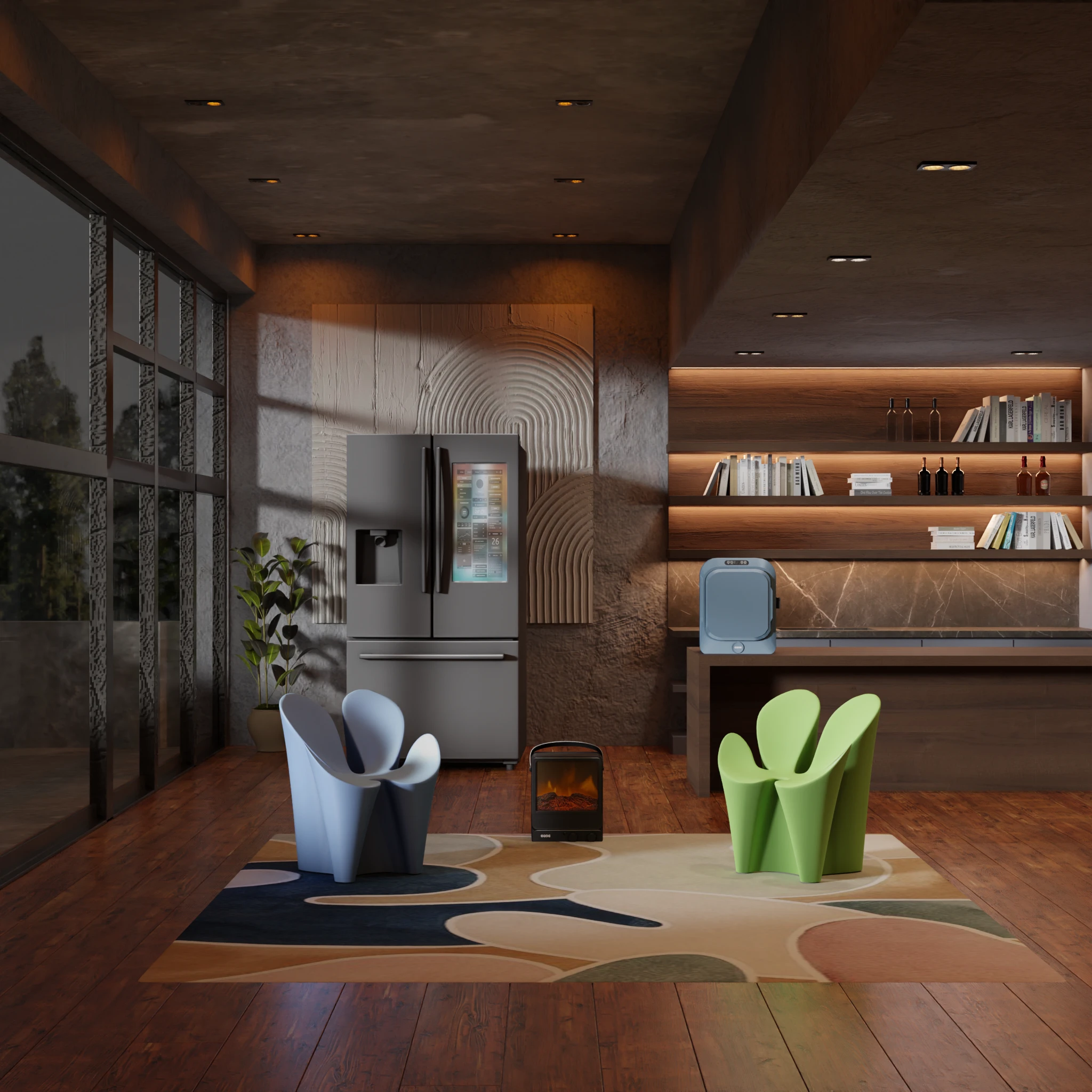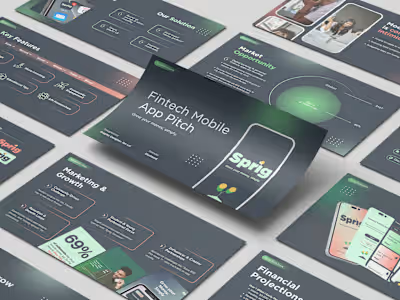Built with Spline
Case Study: Unleashing Creativity with Spline and Blender
In the ever-evolving world of design, having the right tools can make all the difference. Two powerhouses that have become indispensable in my creative arsenal are Spline and Blender. These cutting-edge software have revolutionized the way I approach design, allowing me to bring my wildest visions to life.
Spline: Where Design Meets Interactivity
Spline has quickly become a game-changer in the realm of interactive design. Its intuitive interface and seamless integration with web technologies have opened up a world of possibilities. With Spline, I can create captivating 3D experiences that truly engage users, whether it's an immersive website, a dynamic product showcase, or an interactive installation.
One of the standout features of Spline is its ability to seamlessly blend 3D models with code. This powerful combination allows me to create truly unique and engaging experiences that push the boundaries of what's possible on the web. Whether it's crafting intricate animations, incorporating real-time data visualizations, or integrating advanced interactivity, Spline empowers me to bring my ideas to life with unprecedented ease.
Blender: The Open-Source Powerhouse
On the other hand, Blender is a true workhorse when it comes to 3D modeling, animation, and rendering. As an open-source software, it not only provides a comprehensive set of tools but also fosters a vibrant community of artists and developers who continuously contribute to its growth and evolution.
Blender's versatility is unmatched. From creating intricate 3D models and sculpting organic forms to producing mind-blowing animations and photo-realistic renders, this software has become my go-to choice for tackling complex projects. Its node-based material system, coupled with advanced simulation tools, allows me to achieve stunning visual effects that elevate my designs to new heights.
Collaborative Workflow: Bringing the Best of Both Worlds
While Spline and Blender excel in their respective domains, their true power lies in their ability to seamlessly integrate with one another. By leveraging the strengths of both tools, I can craft truly remarkable experiences that push the boundaries of what's possible.
For instance, I often start by creating highly detailed 3D models and animations in Blender, taking advantage of its robust modeling and animation capabilities. Once the assets are ready, I can effortlessly import them into Spline, where I can bring them to life with interactive elements, dynamic behaviors, and web-based integrations.
This collaborative workflow has opened up a world of possibilities, allowing me to create immersive and engaging experiences that captivate audiences and leave a lasting impression.
Conclusion
In the ever-evolving landscape of design, having the right tools is paramount. Spline and Blender have become indispensable allies in my creative process, empowering me to push the boundaries of what's possible. With their combined power, I can craft truly remarkable experiences that captivate audiences and elevate my designs to new heights. As technology continues to advance, I'm excited to see how these tools will continue to shape the future of design and unlock even more creative possibilities.
Spline Samples - Integrated from Blender:



Blender - Non-integrated Samples:



Like this project
Posted May 20, 2024
Spline and Blender have become indispensable allies in my creative process, empowering me to push the boundaries of what's possible. With their combined power.
Likes
0
Views
168








